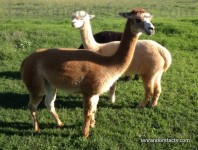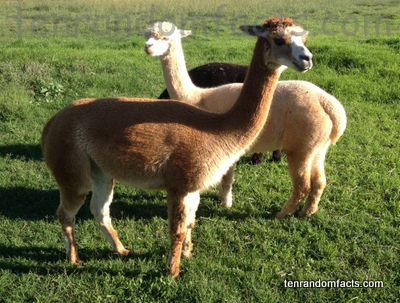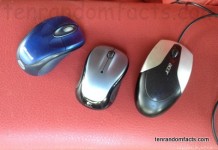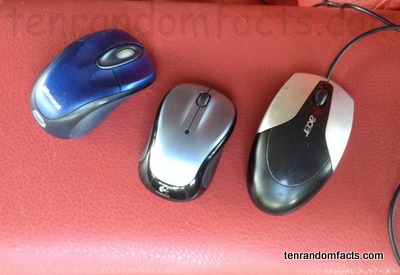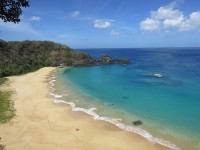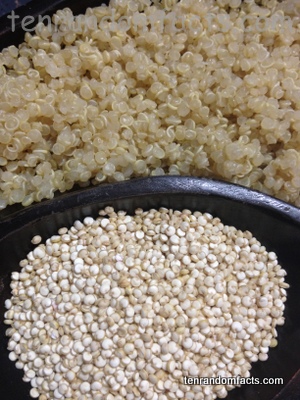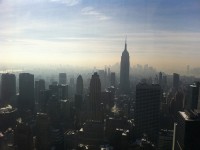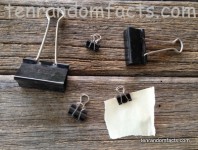
Binder clips are binding necessities.
- Binder clips are small stationery items that can grip onto other objects or hold objects together, typically paper, and can be easily removed.
- A binder clip’s body is generally a triangular prism shape made of spring steel, with attached metal wire loops that are used as handles for opening and closing the body.
- Binder clips typically range from 0.5 to 5 centimetres (0.2 to 2 inches) in body size.
- Binder clips are typically used for temporarily grouping many sheets of paper together, but they can also be used as bookmarks, money clips, and holding objects in place, among others.
- It is believed that binder clips were originally invented by American Louis E Baltzley, for his father who was a writer, in USA’s Washington D.C. in 1910, and he received a patent for the invention in 1915.
- Binder clips’ bodies are typically black in colour, but can range in colours and styles, and can include coloured patterns.
- The original 1910 clip design is very similar to the one used today, and it is said that the first company to manufacture binder clips were the L.E.B Manufacturing Company.
- ‘Binder clips’ are also known as ‘banker’s clips’, ‘foldback clips’, ‘foldover clips’, ‘bulldog clips’ and ‘handbag clips’.
- Binder clip handles typically can face upwards or downwards, or they can be removed to make the clip more permanent.
- Binder clips are often used as a paperclip alternative as they have a better grip and are rust resistant, and with one handle up, the clip can hang papers from a hook.




